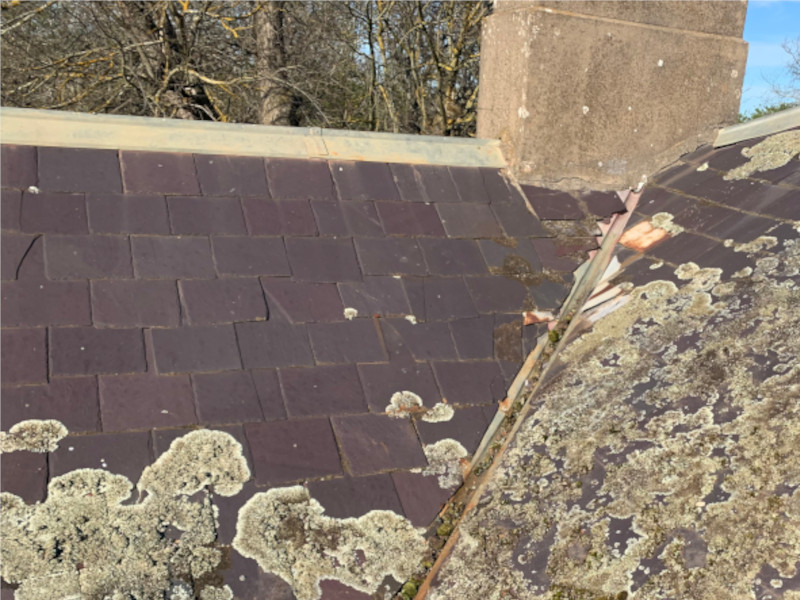
High Pressure Cleaning
Moss Roof Treatment highly recommends not pressuring cleaning roofs to remove moss, mold & lichen as it can be a bit more complicated than it sounds.
High Pressure Cleaning is conducted at 4000psi which is very strong, and this can cause damage to the roof surface. It is best to avoid this process unless you are painting the roof afterwards (generally on cement tiled roofs and Colorbond).
Though pressure cleaning gives the instant clean look, moss spores can still remain on the surface and start to regrow within a matter of months.
Below are the issues that can occur when high pressure cleaning roofs . . .
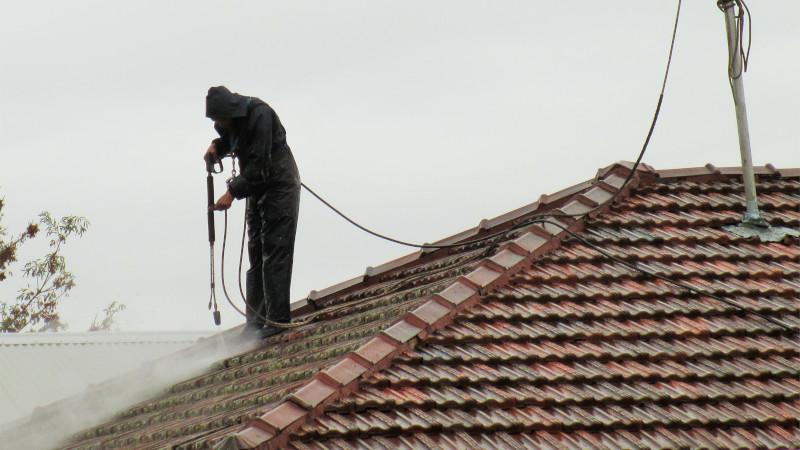
Cement & Terracotta Tiled Roofs
Tiled Roofs when pressure cleaned can have the following issues occur:
Broken/Disturbed Tiles.
Pointing being disturbed and blown apart.
Water entering the roof.
Stains on Ceiling.
Ripped Sarking causes water to pool in one area causing ceiling stains.
Very Messy job, clean up required.
Costly repairs.
Bigger Unnecessary Job.
Removes paint and colour from tiles.

Water In Roof
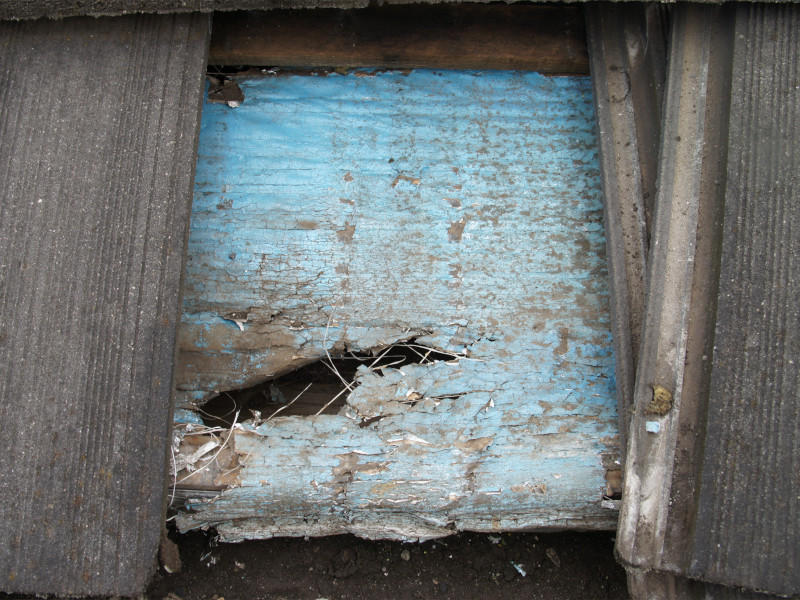
Ripped Sarking
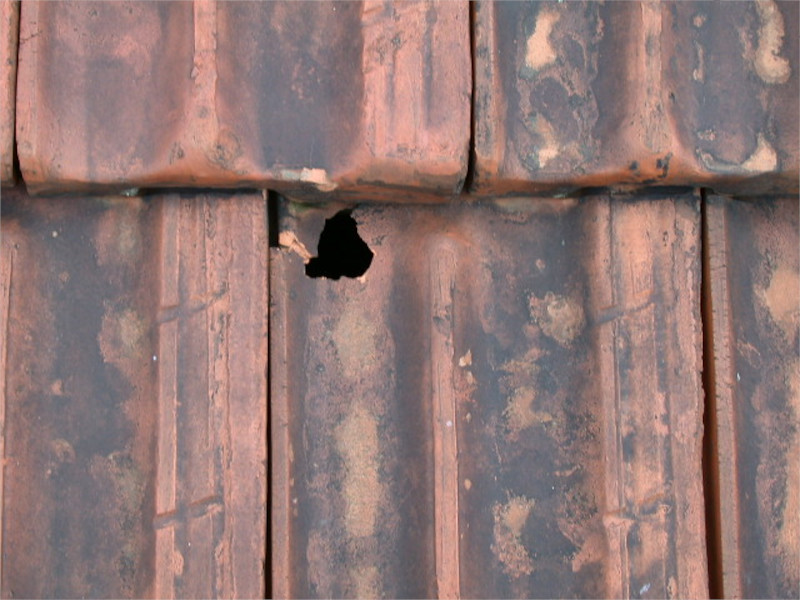
Broken Tiles
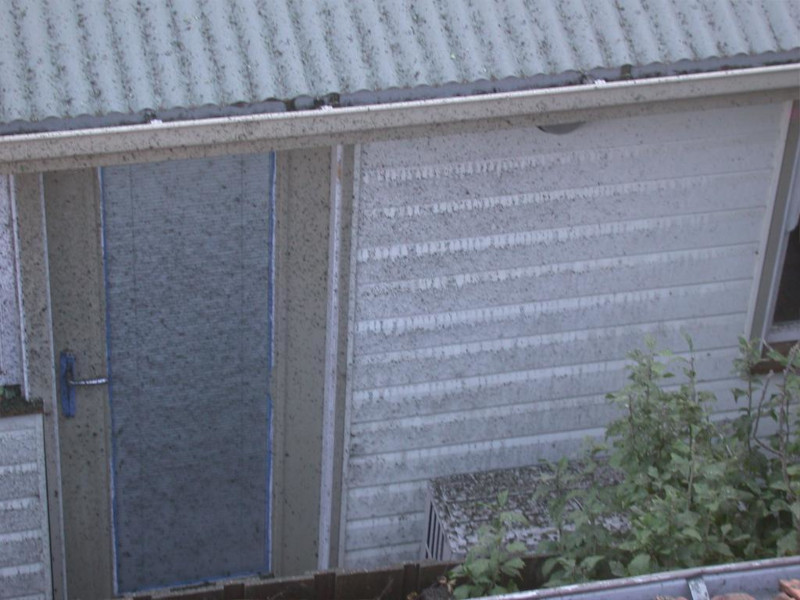
Messy Jobs
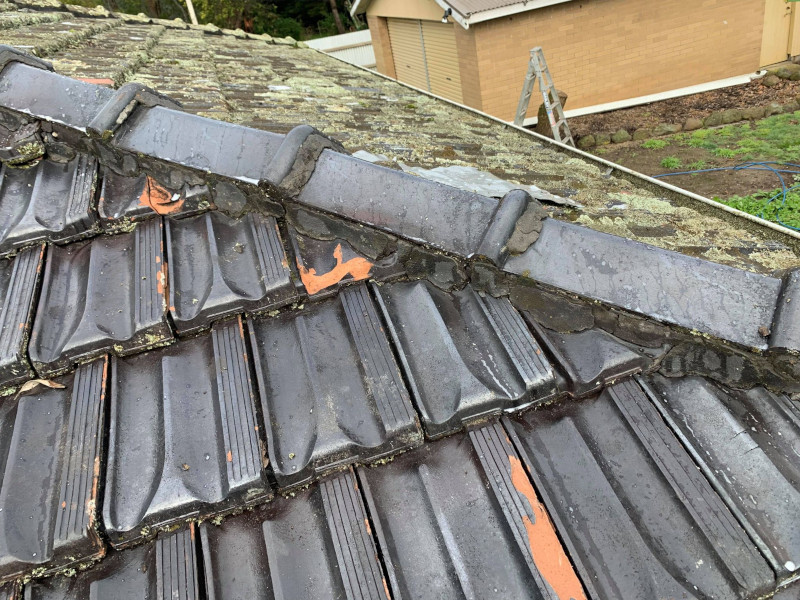
Wrecked Pointing
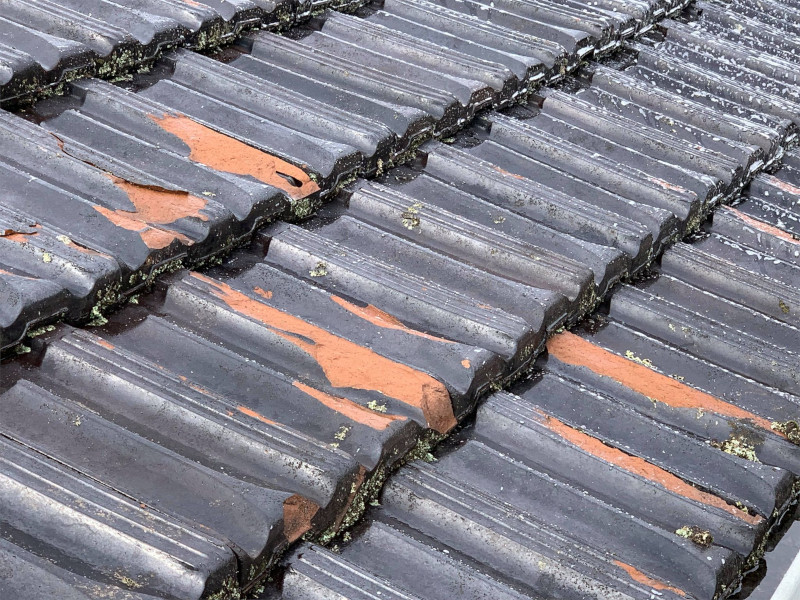
Damaged Tiles
Iron / Colorbond Roofs
Iron / Colorbond roofs when pressure cleaned can have the following issues occur:
Colour fades from iron sheets.
Removes Protection powder coatings of roof sheets.
Doesn’t get rid of black stain.
Pre-Ages Roof Surface, allowing moss growth to regrow faster.
Most regrowth can come back worst due to porous sheets.
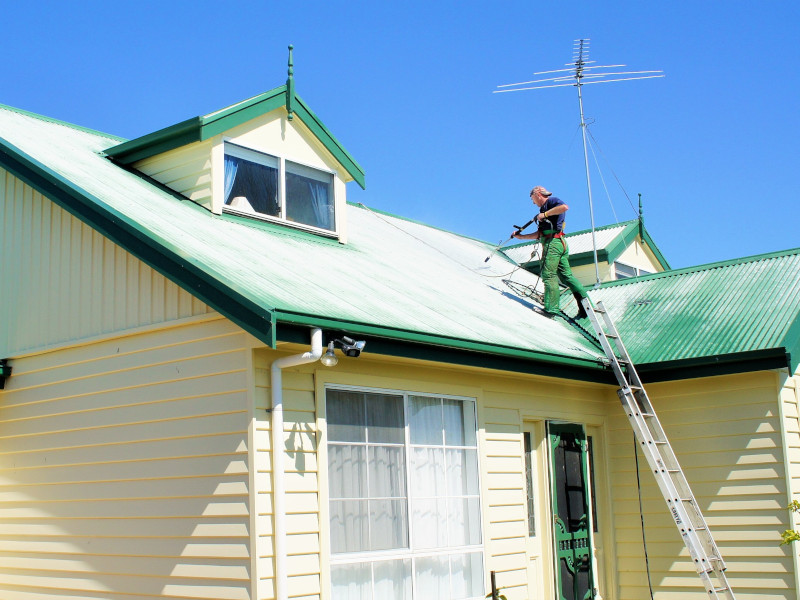
Removes Colour
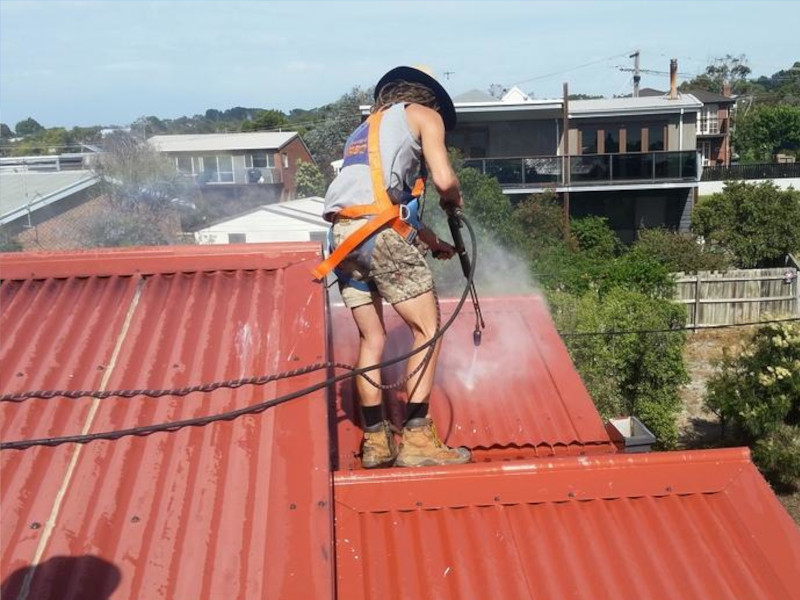
Removes Powder Coatings

Doesn’t Remove Black Stain
Other Surfaces & Issues
Other roof surfaces when pressure cleaned can have the following issues occur:
Holes in Laserlite when pressure cleaned.
Wastes Water.
Slate tiles are brittle & cannot be pressure cleaned.
Pressure cleaning is dangerous.
Roofs are slippery.
Steep roofs are difficult to pressure clean & it is not recommended due to tile pitch.
Water gets into very steep and low-pitched tiled roofs easily.
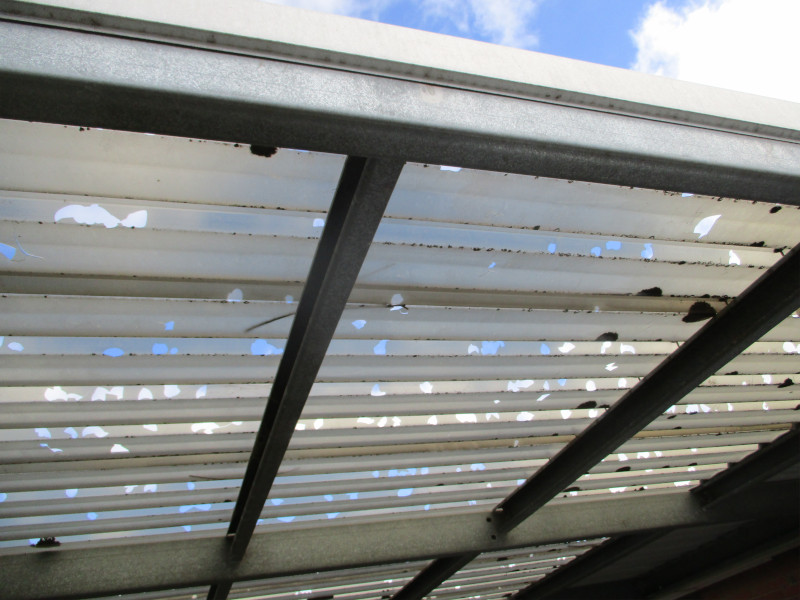
Holes in Laserlite
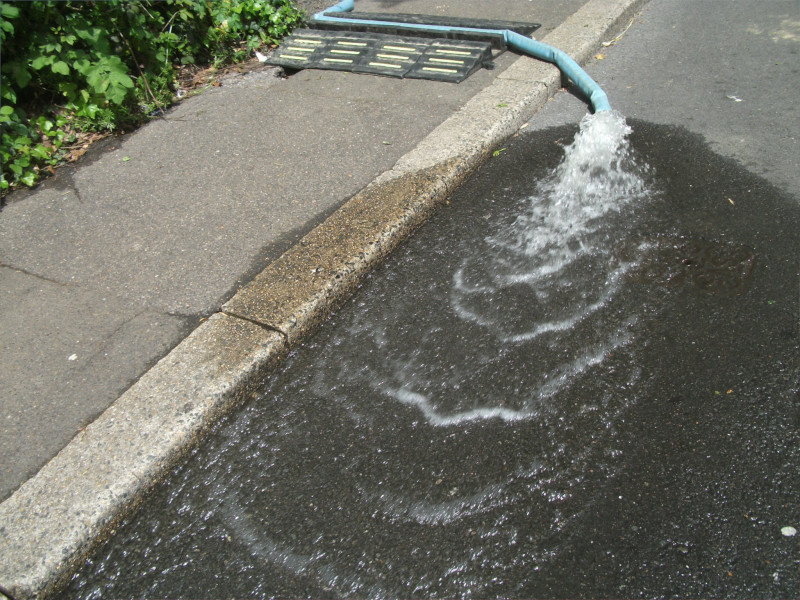
Wastes Water
